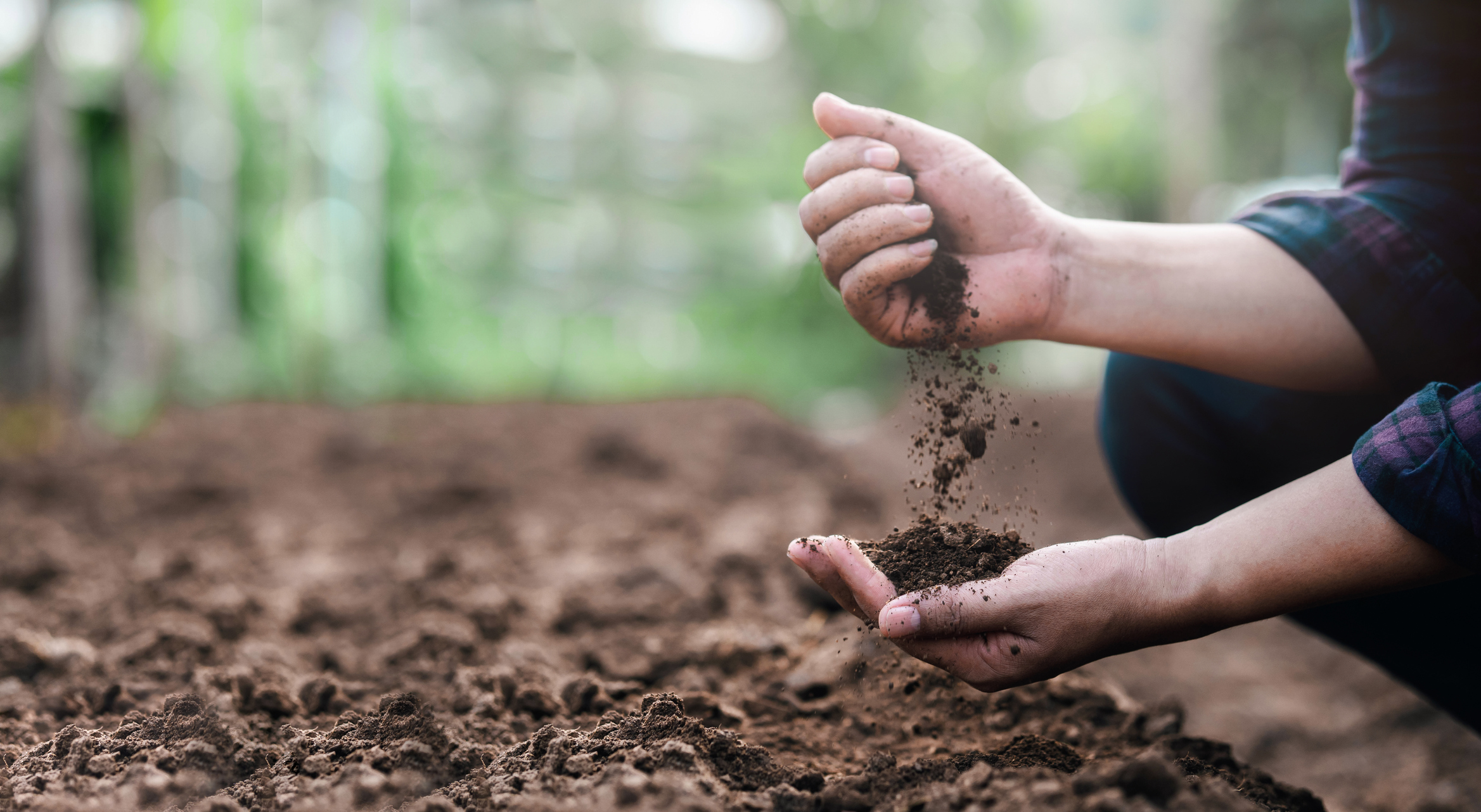
Effluent Testing: A Smart Investment for Sustainable Farming – The Hunt Farm Story
In the pastures of Hunt Farm, a quiet revolution is taking place. One that blends environmental stewardship with economic savvy. The Waikato-based Hunt family has been farming for decades on their 82ha Horsham Downs farm, which has been in the family for almost 50 years. Farm owners, Roger and Judith Hunt along with their 50:50 sharemilkers, recently won multiple awards at the Waikato Ballance Farm Environment Awards, showcasing their commitment to leaving the land in an improved state for future generations.
Part of this ongoing effort is a robust effluent system, proving to be a game-changer for both productivity and sustainability. The farm features an upgraded effluent system which includes a feed pad, sand bunker, and dry solids storage. Effluent use is a crucial part of their farming operation, contributing to high levels of milk production while minimising environmental impact with reduced imported fertiliser.
Bridging Environmental Passion with Practical Farming
One of their children, Jeremy Hunt, grew up on the farm and has been involved for most of his life. His journey began with a passion for the environment, nurtured from his early teens. When Jeremy was building his knowledge, he used the family farm as a case study during his advanced nutrient management course at Massey University.
“I wanted to get a better understanding of value of the effluent so I could run it through the Overseer model,” Jeremy recalls. “I got some effluent samples tested when the pond needed to be emptied, and when I compared the results with industry values, it was a massive difference to what expectations were.”
This built a path to his mission of bridging the gap between environmental theory and agricultural practice. Using the effluent test results taken at various times of the year and from different sources, he was able to turn data and tables into heat maps to visually see nutrient levels. This showed nutrient loading across the farm (importantly nitrogen and potassium), and where to focus further spreading and fertiliser use, and other considerations such as paddocks to avoid calving on.

A Circular Economy in Action
Effluent, historically viewed as waste, is now recognised for its nutrient-rich value. Jeremy acknowledges its challenges: “Fast forward 20 years, and it’s a pretty complex scenario and can get overwhelming, but is hugely beneficial to the total farming system.
Roger adds, “The fertiliser program on farms way back then was a blanket recommendation. 30% potash super in spring, 15% potash super in autumn, and it was applied across the whole block with no effluent going anywhere.”
Despite the clear benefits, effluent testing is often overlooked. “It’s just another job, and it falls to the bottom of the list,” Jeremy admits. But the long-term gains in cost savings and sustainability are undeniable. Without testing, farmers are essentially guessing what they’re applying to their land.
Working with Hill Labs, effluent testing on the Hunt farm began in 2019. It revealed the nitrogen concentrations within the pond while being emptied of 1.39 kg/m3, far richer than expected. A subsequent test in 2024 from a different source showed nearly a kilogram less per cubic metre.
Effluent plays a key role in Roger’s nutrient management strategy, particularly on his turnip, maize, and Japanese millet fields, crops grown to feed his livestock. Rich in nitrogen and potassium, effluent provides essential nutrients that support healthy crop growth while reducing the need for synthetic fertilisers. By regularly testing his soil and effluent, Roger ensures he’s applying the right nutrients in the right places, maximising efficiency and minimising waste.
“The primary motivation for testing is understanding my plant requirements and how I can spread what [nutrients] I have stored around my farm. My fertiliser bill has been coming down every year. It used to be the biggest bill, now it’s food,” Roger explains.
This shift not only reflects smarter farming practices but also highlights the financial benefits of using on-farm resources to their full potential.
Applying effluent strategically meant feed grew successfully throughout the summer of 2024/25, even during a drought, Roger recalls. For Roger, the data helps determine how much effluent to spread at different times of the year and where the gaps are across the effluent block. Plant uptake requires different nutrient levels, improving animal health, with fewer cases of mastitis and bloat, thanks to more balanced soil nutrition and precise effluent distribution, backed by data.
Economic and Environmental Wins
Effluent testing hasn’t just been about ticking regulatory boxes for Roger and Judith Hunt, it has unlocked the full potential of their farm. As the Hunt family has shown, when you treat effluent as a resource, not waste, and then go a step further to understand it better, the results speak for themselves.
With plans to test solids and further refine application rates, the Hunt family is committed to continuous improvement. The goal is simple: understand what you have and use it wisely.


